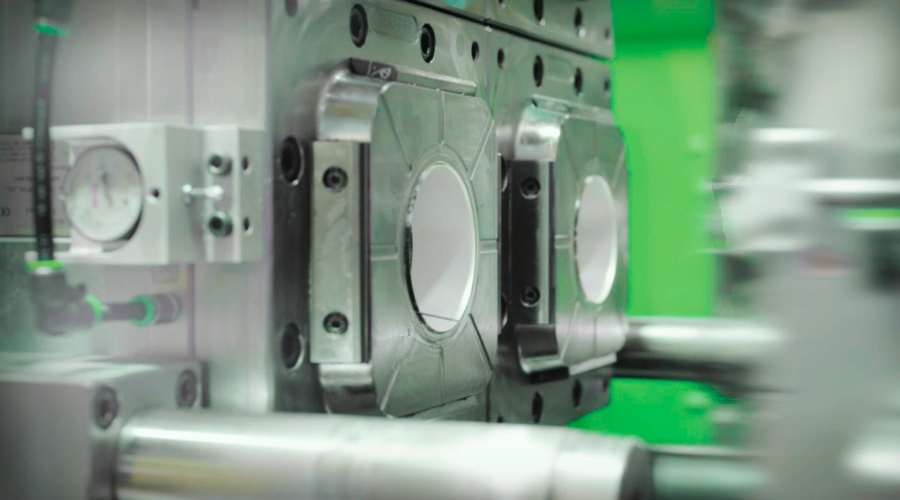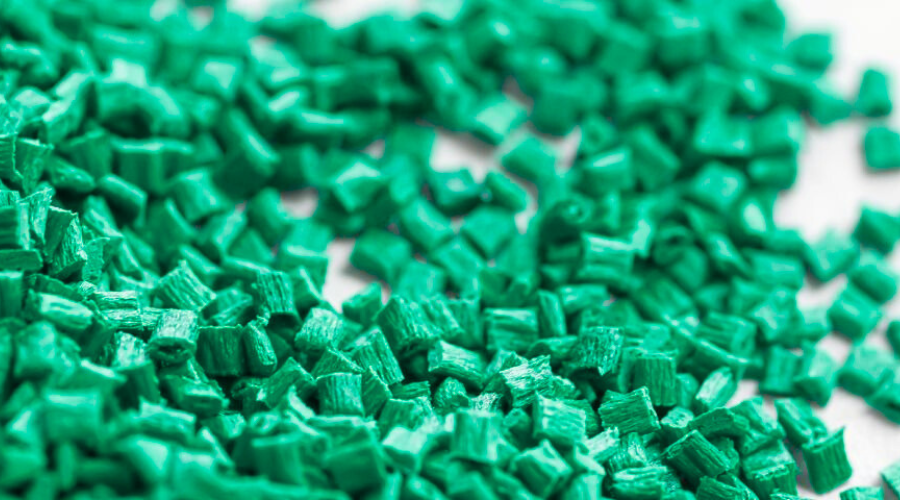This article offers a comprehensive guide to plastic injection molding, a key manufacturing process for creating precise, high-quality plastic parts. It covers the step-by-step process, from mold design and material selection to cooling and finishing, while highlighting its advantages, such as efficiency, precision, and cost-effectiveness. The piece explores common applications across industries like automotive, medical, and consumer goods, along with strategies to address defects and optimize results.
Plastic injection molding is a cornerstone of modern manufacturing, enabling the mass production of complex, high-quality plastic parts with remarkable precision. It is widely used in various industries, including automotive, electronics, medical devices, and consumer goods. This article delves into the intricacies of plastic injection molding, exploring its process, advantages, materials, applications, and best practices.
What is Plastic Injection Molding?
Plastic injection molding is a manufacturing process where molten plastic is injected into a mold cavity under high pressure. Once cooled, the plastic solidifies, forming the desired part. The process is highly versatile, accommodating a wide range of materials, shapes, and sizes.
The Plastic Injection Molding Process
1.Mold Design
The process begins with designing a mold, typically crafted from steel or aluminum. The mold consists of two halves: the cavity (female part) and the core (male part). Precision in mold design is critical as it directly affects the quality of the final product.
2.Material Selection
Selecting the right plastic material is essential. Common options include:
- Thermoplastics: Such as ABS, polycarbonate, and nylon, which are widely used for their versatility and recyclability.
- Thermosetting Plastics: Ideal for applications requiring durability and resistance to heat or chemicals.
3.Melting and Injection
The chosen material is fed into the machine’s hopper, melted in the barrel, and injected into the mold at high pressure.
4.Cooling and Solidification
The molten plastic cools and solidifies within the mold, taking its shape. Cooling time depends on the material and part thickness.
5.Ejection and Finishing
The mold opens, and the solidified part is ejected. Additional steps like trimming excess material, painting, or coating may follow.
Advantages of Plastic Injection Molding
High Efficiency
Once the initial setup is complete, injection molding offers fast production cycles, ideal for high-volume manufacturing.
Precision and Consistency
The process ensures uniformity in part dimensions and quality, making it suitable for complex designs.
Material Versatility
A vast array of plastics can be used, allowing customization for specific applications.
Cost-Effectiveness
While the upfront cost of molds is high, the per-unit cost significantly decreases with large-scale production.
Eco-Friendly Options
By using recyclable thermoplastics and reducing material waste, the process aligns with sustainable manufacturing practices.
Applications of Plastic Injection Molding
Plastic injection molding finds application in numerous sectors, including:
- Automotive Industry: Production of dashboard components, bumpers, and interior trims.
- Medical Devices: Manufacturing of syringes, surgical tools, and casings for medical equipment.
- Consumer Goods: Mass production of toys, kitchen utensils, and electronic housings.
- Aerospace: Creation of lightweight, durable components for aircraft interiors.
Key Considerations for Successful Plastic Injection Molding
Design Optimization
- Incorporate uniform wall thickness to prevent defects like warping.
- Use draft angles for easier ejection.
- Avoid sharp corners that can cause stress concentrations.
Material Properties
Understand the thermal, mechanical, and chemical properties of the chosen material to ensure compatibility with the application.
Mold Maintenance
Regular maintenance ensures the mold’s longevity and consistent product quality.
Process Parameters
Optimize temperature, pressure, and cooling time to reduce cycle times and minimize defects.
Quality Control
Implement rigorous inspection and testing procedures to ensure adherence to specifications.
Common Defects in Plastic Injection Molding and Solutions
1.Warping
- Cause: Uneven cooling or inconsistent wall thickness.
- Solution: Ensure uniform cooling and wall design.
2.Sink Marks
- Cause: Insufficient cooling time or material shrinkage.
- Solution: Adjust cooling parameters and modify mold design.
3.Flash
- Cause: Excess material escaping the mold cavity.
- Solution: Ensure proper clamping and mold fit.
4.Short Shots
- Cause: Incomplete filling of the mold.
- Solution: Increase injection pressure and ensure adequate material flow.
Future Trends in Plastic Injection Molding
- Automation
Robotic arms and advanced sensors are increasingly integrated into injection molding machines to enhance precision and reduce labor costs. - Sustainable Materials
The push for sustainability is driving the adoption of biodegradable plastics and recycling practices in injection molding. - Advanced Simulation Tools
Mold flow analysis software helps predict and address potential defects before production begins, saving time and costs. - ndustry 4.0
The use of IoT and data analytics ensures real-time monitoring and optimization of injection molding processes.
Why Choose RAPIDMFG for Plastic Injection Molding?
At RAPIDMFG, we specialize in delivering high-quality plastic injection molding solutions tailored to your needs. With years of expertise and state-of-the-art facilities, we ensure:
- Short lead times without compromising on quality.
- A wide range of material options to suit diverse applications.
- Rigorous quality control to meet industry standards.
- Personalized customer service to support your projects at every step.
Choose RAPIDMFG for reliable, efficient, and cost-effective plastic injection molding solutions. Contact us today to bring your ideas to life!


